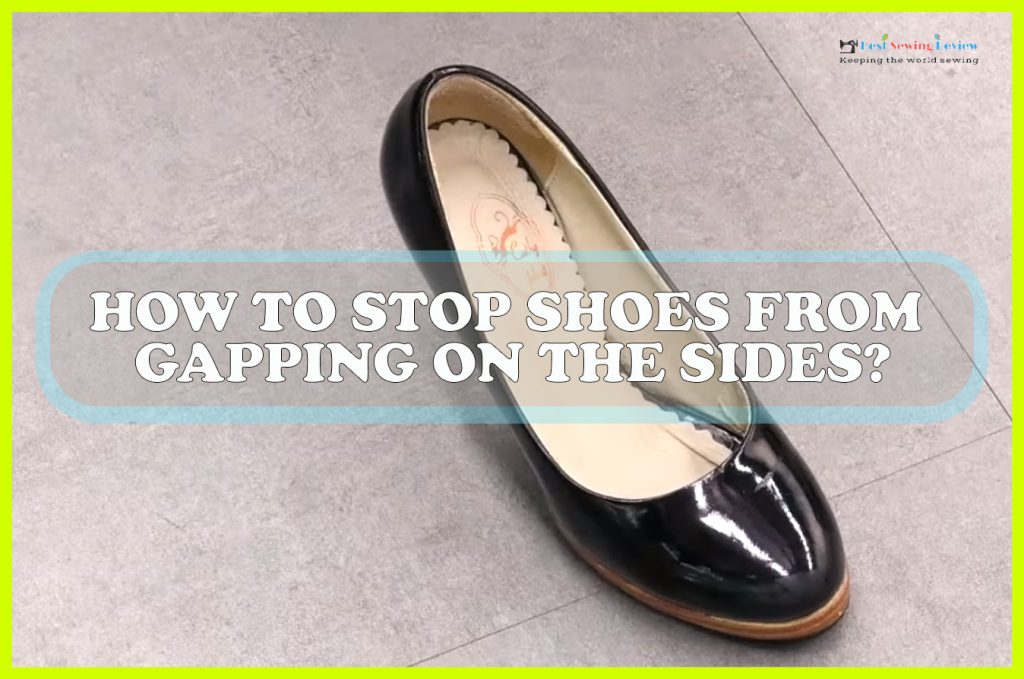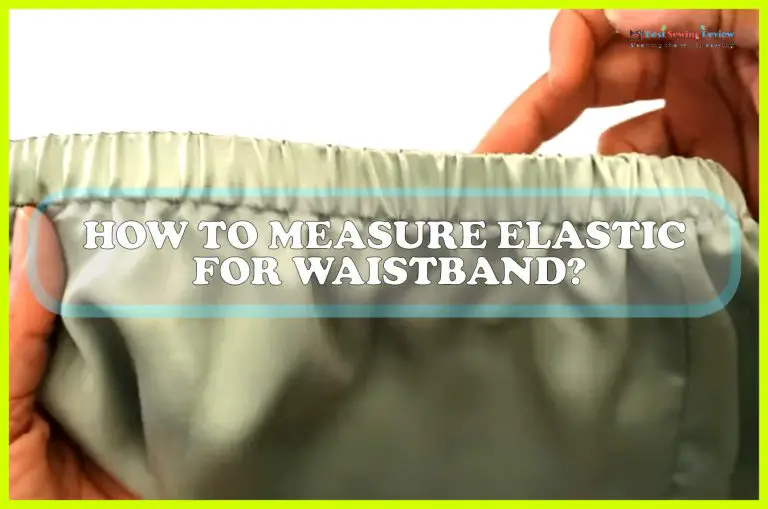There are a few things you can do to stop shoes from gapping on the sides. You can try wearing thicker socks or two pairs of socks at once. This will help fill up the extra space in your shoes and prevent them from gapping.
You can also try inserting heel liners or foot pads into your shoes. These will help take up some of the slack and keep your shoes fitting snugly. Finally, make sure you’re tying your shoes correctly.
If you’re not tying them tightly enough, they may loosen up and start to gap at the sides.
- If your shoes are gapping on the sides, it’s likely because they’re too big
- To fix this, try wearing thicker socks or adding heel inserts to fill up the extra space
- Another way to stop shoes from gapping is to adjust the lacing
- Try lacing your shoes in a criss-cross pattern and skipping some of the eyelets to make the shoe fit snugger around your foot
- If neither of these methods works, you may need to invest in a new pair of shoes that fit better
- Make sure to try them on before you buy them to ensure they don’t gap at the sides when you wear them
How to Fix Shoe Bowing
If your shoes are starting to bow, there are a few things you can do to fix the problem. First, try simply stretching them out. Put on a pair of thick socks and wear the shoes around your house for an hour or two.
This will help to loosen up the material and make them more comfortable to wear. If this doesn’t work, you can try using shoe trees. Shoe trees are inserted into the shoes and help to hold their shape.
You can find these at most shoe stores or online. Finally, if your shoes are still bowing after trying these methods, you may need to replace them.

How Do You Fix Gaps in Shoes?
If your shoes have developed gaps, there are a few ways you can go about fixing them. The most important thing is to identify the cause of the gaps so that you can prevent them from happening again in the future. One common cause of gaps in shoes is wearing them down too much.
When the soles of your shoes start to wear thin, they can create pressure points that eventually lead to gaping. To avoid this, be sure to rotate your shoes often and never wear them for more than a few hours at a time. Another common cause of gaps is poor shoe construction.
If your shoes are made with cheap materials or poorly put together, they’re more likely to develop gaps over time. Look for Shoes that are well-constructed and made with high-quality materials if you want them to last. If your shoes have already developed gaps, there are a few ways you can fix them.
One option is to use clear nail polish or super glue to temporarily seal the gap until you can get new shoes. Another option is to take your shoes to a cobbler or shoe repair shop and have them professionally repaired. No matter what caused your shoe gaps, be sure to take steps to prevent them from happening again in the future.
Rotate your shoes regularly, don’t wear them for more than a few hours at a time, and invest in high-quality footwear that will stand up to extended use without falling apart.
How Do I Stop My Shoes Rubbing the Side of My Feet?
If your shoes are rubbing the side of your feet, there are a few things you can do to try and alleviate the issue. First, make sure that you are wearing socks that fit well and aren’t too tight. Second, try to loosen the laces on your shoes so that they aren’t as constrictive.
Third, try to wear thicker socks or even two pairs of socks to help create a buffer between your feet and the shoes. Lastly, if none of these solutions work, you may need to invest in a different pair of shoes altogether.
How Do You Tighten Shoes That Are Too Wide?
If your shoes are too wide, you can do a few things to tighten them up. First, try wearing thicker socks or adding an insole. This will help fill up some of the extra space and make your shoes feel tighter.
You can also try lacing your shoes differently – doing a “lace lock” or “heel lock” can help take up some of the slack. If these methods don’t work, you may need to invest in a shoe stretcher or have your shoes professionally stretched.
Should Shoes Be Snug on the Sides?
There are a few different schools of thought when it comes to how snugly shoes should fit on the sides. Some people believe that shoes should have a tight, almost customized fit in order to provide support and prevent injury. Others find that shoes that are to snug can actually cause problems like bunions or blisters.
Ultimately, it is important to choose a shoe based on your own individual foot shape and needs. If you have narrow feet, you may benefit from a shoe with a tighter fit on the sides in order to prevent your foot from sliding around inside the shoe. This can help to avoid blisters and other issues caused by too much movement within the shoe.
If you have wide feet, however, you may want to choose a shoe with some extra room on the sides so that your toes don’t feel cramped. Once again, it is important to select a shoe based on what works best for your own individual foot type. If you are unsure about what kind of fit will work best for you, it is always best to consult with a professional before making your purchase.
A good quality shoe store will be able to help you select a style of shoe that will provide both comfort and support throughout your day-to-day activities.
TIPS TO MAKE SNEAKERS FIT BETTER!
Conclusion
If your shoes are gapping on the sides, there are a few things you can do to fix the problem. First, try tightening the laces. If that doesn’t work, you can try using moleskin or duct tape to fill in the gaps.
Finally, if those solutions don’t work, you can always buy new shoes!

